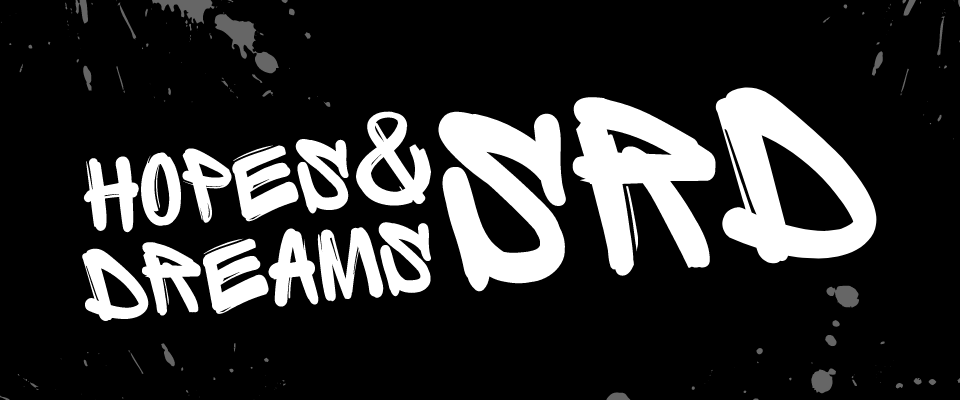# Introduction | Hopes & Dreams
Hopes & Dreams is a rules-lite tabletop role-playing game where you play as young adults who want to make a difference in a world that won’t let them. Government officials are corrupted, your leaders are broken, and the future looks bleak. Play in this original grunge industrial fantasy setting where you and your friends haven’t abandoned hope yet. You still have dreams of what life could be, and are willing to fight for it.
You will find all Hopes & Dreams related resources like the game's official SRD which contains all the rules and design guidelines for you to make your own game _Ignited by Hopes & Dreams_, extra rules, and more.
# Hopes & Dreams Games Collection | Hopes & Dreams
If you are looking for a pretty substantial list of games **_Ignited by Hopes & Dreams_**, you will find them on the following itch collection. If you think I'm missing any, please [reach out](https://farirpgs.com#contact).
- [**Hopes & Dreams Games Collections**](https://hopesanddreams.farirpgs.com/games)
# SRD | Hopes & Dreams SRD

The Hopes & Dreams SRD is a creation toolkit that helps you design a game where every mechanic serves the narrative in a quick, and efficient way. This goal focused system puts player characters against what they dread the most in every single roll.
Based on [Hopes & Dreams](https://hopesanddreams.farirpgs.com/), you will find here everything from rules, to design guidelines, to help you make your own game [Ignited by Hopes & Dreams](https://itch.io/c/2896588/ignited-by-hopes-dreams).
## System Features
This system has:
- **Checks**: Opposed pools of d6s for rolls, and use the number of dice rolled to know the impact and cost of an action.
- **Kits**: Aspect-based character archetypes that focus on situational bonuses.
- **Abilities**: Ways for the characters to be unique and versatile on their own terms.
- **Hope**: A way for players to burn their hope to fuel their actions.
- **Plot Tracks**: A way to track things at the character, group, or story level which changes the world in a cinematic way.
- and more...
# Before We Start | Hopes & Dreams SRD
## Safety
Define lines that should not be crossed.
Pause or rewind the game if something uncomfortable happens during a session.
Always make sure everyone is comfortable with the direction of the story.
## Playing The Game
One person plays as the game moderator (GM), the rest as players.
### GM’s Guidelines
- Present challenges to the group.
- Be a fan of the players.
- Be the risk, not the opposition.
- When in doubt, ask them questions, fill the world with their answers.
- Make checks swift. Play with the players, not against them. If it's cool, let them try.
- For complex challenges, or for hinting at trouble, use tracks.
- When the group’s dream or nightmare is filled, work with the group to shift the story to an interesting place.
### Player’s Guidelines
- Narrate what your character does.
- Take risks, and make checks to know what happens.
- Rely on your character’s hope, skills or areas of knowledge to even the odds stacked against you.
- Play as a group, and assist one another when facing hopeless situations.
- Give everyone a time to shine.
- Fill the world with your ideas, and make the story your own.
- Focus on your dream, and don’t fear your nightmare.
# Mechanics| Hopes & Dreams SRD
## Checks
### Player’s Pool
- **Start** with **1d6**.
- If your character is **skilled**, or is **knowledgeable** in a field that relates to the action they are trying to accomplish, **add a d6** to your pool.
- Spend **1 hope** for an **extra d6** to give it all you’ve got.
### GM’s Pool
Start a discussion with the players to determine the **risk**, and **hindrances** related to what they are doing.
- Start with a **1d6** for a **daring action**.
- Increase to **2d6** for a **desperate action**
- Use **3d6** for a hopeless **action**.
### Roll
Everyone rolls their own dice pool, and compares their highest single die to the opposing highest single die.
- **If the player beats the GM**: It’s a success. Gain 1 hope if you didn’t spend any.
- **If the player ties with the GM**: It’s a success, but there’s a consequence to your action.
- **If the GM beats the player**: It’s a failure, and there’s a consequence to your action.
We call the final size of the player’s and GM’s pools the **impact** and the **cost**, respectively. Those can be modified by other factors, but they start as the initial number of dice rolled by each party.
## Help Out
When you **help out**, say how you want to help, and add a **1d6** to the pool of the player who’s making the roll. When assisting another character, you share the same **risks** as them. This means both characters could end up with **hindrances**, or narrative consequences.
## Hopes
Hope is a currency that you can use to shift the odds back in your favor.
When making a check, spend **1 hope** to fill your heart with determination, and add a d6 in your pool. To gain more hope, you need to beat a check against the GM. You also don’t generate hope for checks where hope was used.
## Hindrances
If you fail or tie on a check, the GM can decide that you get a **hindrance**. A hindrance is a negative fleeting aspect attached to your character. When making a check, the GM may increase the **risk** of the roll if a character’s hindrance affects the circumstances in any way. To remove a hindrance, explain how you take care of it, and wait the appropriate amount of time.
## Challenges
GM, when you need to track the effort against an obstacle, introduce a **challenge track**.
Explain what it is about, gives it a name, and draw a row with **3, 5, 8 or 13 boxes** on an index card. The bigger the challenge, the bigger the track.
When PCs tie or succeed a check related to a challenge, they can mark boxes on the challenge **matching the number of dice the player rolled**. We call this the **impact** of the roll.
When all the boxes are filled, the challenge is resolved. Work all together to decide what that means in the story.
## Countdowns
GM, when you want to force the PCs to act quickly before things get worse, introduce a **countdown track** with **3, 5, 8 or 13 boxes**.
When PCs tie or fail a check related to a countdown, mark boxes on the countdown **matching the number of dice the GM rolled**. We call this the cost of the roll.
When all the boxes of the countdown are filled, something horrible happens, and the situation gets worse for everyone.
## Dreams
The group’s **dream** is their **short-term goal**. Define the dream as a group, and pick a player who writes it down on their character sheet. They are now the **heart of the group**. When a player succeeds or ties a check related to the group’s dream, the GM can offer that player to mark boxes on the **dream track** matching the **impact** of the roll.
## Nightmares
The group’s **nightmare** is something the player characters dread which is in direct opposition to their dream. Once the group’s dream has been defined, find the nightmare as a group, and write it down. When a player ties or fails a check related to group’s nightmare, the GM can mark boxes on the **nightmare track** matching the **cost** of the roll.
## Story Shift
When the group’s dream or nightmare track is filled, there is a **huge shift in the story**. The GM waits for the current scene to be over, fast forwards in time, and narrates how the world changes for the better or for worse, depending on which track was filled. The filled track gets cleared, but the other track stays untouched. The group then works together to define a new dream, AND a new nightmare, based to the current state of the story. If the dream track is the track that got filled, all the PCs get a **new ability** from their respective kits, pick a **new skill** or area of **knowledge**, and elect a new **heart of the group**.
## Oracle
When you want answer to a question, and don’t want to decide for yourself, ask the oracle in the form of a yes or no question. Roll 2d6, sum the two number.
- **On a 2-3**: No, and…
- **On a 4-6**: No
- **On a 7**: Yes but...
- **On a 8-10**: Yes
- **On a 11-12**: Yes, and…
# Designer Notes| Hopes & Dreams SRD
This next section goes over how to customize and adapt the mechanics found in this document to help you design your own game Ignited by Hopes & Dreams.
## Your Game
This is your project, so you can create, update, remove all the text and mechanics found in this document in any way you want. You just need to give us attribution for our work (see the Attribution Text section).
## Content Warning
Take the time to include a content warning section that includes the themes present in your game. Being transparent will go a long way to ensure a safe playing experience for everyone at the table.
## Your Setting
Explain the setting of your game, and what the story is mainly going to focus on. Touch on the sort of challenges the PCs will encounter, the factions that inhabit the world, and the places the player character might visit.
## Your Checks
When making a check, the number of dice in the player’s pool or GM’s pool is determined via aspects affecting the action, positively or negatively.
> Which aspects from the character’s kit affects a PC’s action? What happens when a PC burns hope? Are there other things apart from hindrances which can increase the risk of the GM’s pool?
## Your Hopes
To help players get more narrative control in crucial moments, the system offers them this meta currency when a roll succeeds. They can then decide when is the best moment to burn it, and even the odds when things seem hopeless.
> How should this be named in your game? Do you only get hope on successes? Can you spend it to clear a hindrance? Do you need hope to help someone? Are there other ways to get it back?
## Your Hindrances
This system tracks character related negating aspects through hindrances. If they apply to the fiction surrounding a particular check, hindrances are used by the GM as a tool to increase the risk of a roll.
> What kind of hindrances are there? (physical harm, mental harm, reputation, resources, etc.)?
For each type of hindrance, ask yourself:
> What prompts this hindrance to happen? How do you clear it off? Does it affect more than just the risk of a check?
## Your Plot Tracks
The game has different plot tracks that help organizes its gameplay. When completed, there’s a cinematic conclusion happening in the story that changes the world or the scene.
For your game, think about the different short-term elements that you want the group to focus on, and add plot track either at the character, group or world (GM) level.
Then, for each track, ask yourself:
> What makes this track progress? What happens when it is filled (new aspect, new ability, new danger, etc.)? Can boxes in this track be unmarked?
## Designing Kits
The core of this system relies on its kits. Those act kind of as playbooks, and highlight the types of characters the players will portray, and also goes over which aspects, and abilities makes them unique and special.
## Your Kit’s Aspects
Every kit comes with a set of aspects that is unique to them. At the beginning of a game, characters usually have access to 3, but might be able to get more as the game processes.
> What are this kit’s unique aspects (skills, knowledge, inventory, allies, etc.)? How many does the player have access to character creation? How to they get new ones?
## Your Kit’s Abilities
Each kit has four abilities which players can use when tackling problems in the fiction. Usually, abilities don’t affect the odds of success. They instead provide new narrative liberties, boost the impact, or reduce the cost of a roll.
> How many abilities does each kit have? How many abilities does a player have access to when creating their character? How can one unlock new abilities?
When making an ability, ask yourself:
> What is the name of the ability? Does it allow for something new to happen in the fiction? Does it give a boost on a check’s impact? Does it reduce the cost of a check? Does it do both? Is there a cost to activate it? (hope, hindrances, etc.)
E.g.
- **Now You See Me:**: When surrounded, drop a smoke bomb and traverse unnoticed to a new location.
- **This Won't Hold Me**: When you hit an object in the hope of breaking it, get -1 cost.
- **In and Out**: When entering a restricted area alone, get +1 impact on a check.
## Other Guidelines
Start with the setting. Try to find inspiration from things you love. Something like a movie, a TV series or a book.
Once you’ve found a piece a media that gets the inspiration flowing, mix it with a second one to create a unique combo. From there, work on adding things from your imagination to create something nobody has ever seen before.
Think about the core gameplay loop that the players will experience when playing the game.
Every mechanical aspect of your game should reinforce this loop, and the setting. If it doesn’t, take a moment to see if the mechanic is required at all, or find a way to tie it back to the game in a rewarding way.
Remember, less is more.
This SRD is written very briefly to give you a lot of design room. Rephrase or expand as you see fit to make this game your own.
## Extra Mechanics
Hopes & Dreams comes with a set of mechanics that handles numerous aspects of gameplay. Don’t hesitate to get rid of the stuff that doesn’t apply to your game, then add mechanics that you think will reinforce your world. Add only what is necessary, and try to tie it with the core dice mechanic to keep things homogeneous.
# License & Logos| Hopes & Dreams SRD
## Attribution Text
> This work is based on Hopes & Dreams, product of Fari RPGs (https://farirpgs.com/), developed and authored by René-Pier Deshaies-Gélinas, and licensed for our use under the Creative Commons Attribution 4.0 License (https://creativecommons.org/ licenses/by/4.0/).
#### Ignited Hopes & Dreams Logos
Use those logos to show that your game is **Ignited by Hopes & Dreams**



